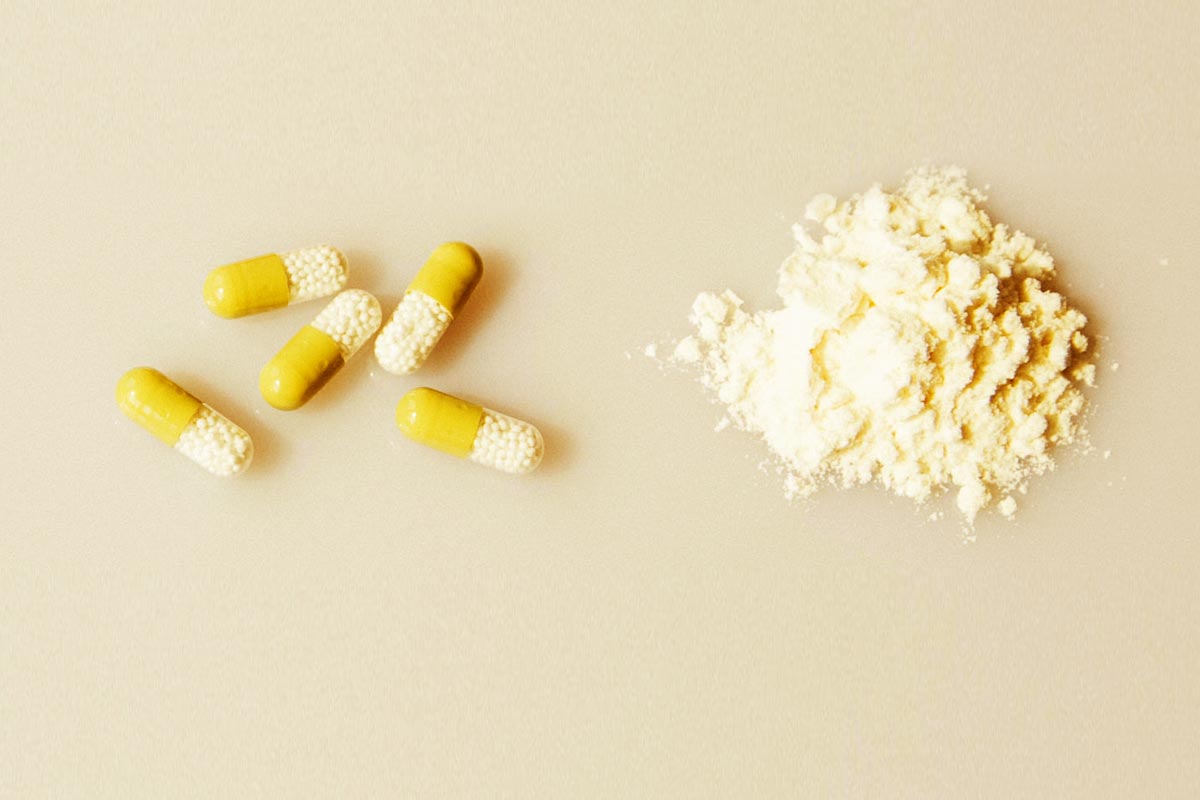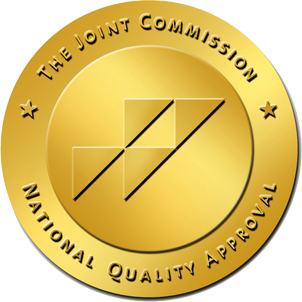
Gabapentin is one of the most commonly prescribed drugs in the United States, with over 68 million prescriptions written in 2020. The drug, which is commonly sold under the brand name Neurontin, is used to treat seizures, neuropathic pain, and neuropathy. While once seen as a low-risk drug, it’s increasingly entering the spotlight as a recreational drug with a significant profile for abuse. This is especially true when taken by users with a history of opiate abuse, as Gabapentin can cause opiate-like highs and can increase the effects of other medications. This creates a complicated picture of Gabapentin, which is not especially addictive on its own, but is easy to abuse and often abused. Gabapentin has a light addiction profile (but a strong withdrawal one), meaning that most users who are addicted to Gabapentin became addicted to another drug,
switched to Gabapentin, and continue to use it. If you or a loved one is using Gabapentin, it’s important to understand what the drug does, how it works, and why you might use it. It’s also important to understand the potential side-effects, risks or abuse, and treatment options in case you’re addicted.
What is Gabapentin Used For?
Gabapentin is an anticonvulsant drug. An anticonvulsant stops or prevents seizures, tremors, and neural problems. For example, Gabapentin is commonly prescribed to treat epilepsy, neuropathic pain, neuropathy, restless leg syndrome, and neural side-effects of diabetes. It’s also commonly used for off-label uses like treating seizures and neural side-effects of addiction withdrawal, hot flashes during chemotherapy or menopause, complaints of itchiness, and sometimes even anxiety. These off-label uses are not FDA approved, but the drug is considered common and safe.
Brands – Gabapentin is most commonly sold as Neurontin. This prescription drug uses the same active ingredients as other brands including Horizant, Gralise, Gabarone, and the generic medication, “Gabapentin”.
How Does Gabapentin Work?
Gabapentin interactions with the GABA receptors in the brain and central nervous system. Here, it modulates enzyme production in the CNS and the brain, through the GABA receptor and voltage-gated calcium channels.
The result is a slowing of synapse connections in the brain, a relaxing effect, and a sedative effect throughout the body. This is similar to how benzodiazepines function to cause sedation. Gabapentin also causes mild euphoric effects, like other GABA drugs. The most well-known of these include alcohol and benzodiazepines such as Xanax or Lorazepam. This also means that Gabapentin sedates the body in a similar manner, causing depression and potential respiratory depression in a similar manner to large doses of alcohol.
Similarly, it means that Gabapentin is extremely useful in treating substance use disorders. If an individual is addicted to alcohol or benzodiazepines, it’s easier to switch to a Gabapentin dose and then taper off of that, without the strong withdrawal symptoms of alcohol. Because Gabapentin interacts with GABA receptors in the same way, the body does not go into seizures and the risk of severe side-effects like Delirium Tremens are greatly reduced. Of course, Gabapentin can cause its own complications and should only be used as a detox aid in a medical setting, monitored by medical professionals.
Side Effects of Gabapentin
Gabapentin is largely seen as safe because it has a very low side-effect profile. While similar sedative drugs like alcohol and benzodiazepines have long lists of side-effects, Gabapentin only has a few. In most cases, these side effects include:
- Persistent fatigue or tiredness
- Vertigo, lightheadedness or dizziness
- Unwanted or uncontrollable eye movements
- Loss of muscle coordination and possibly ataxia (changes in gait, speech patterns, eye movement)
- Twitching
- Respiratory depression
- Persistent drowsiness
- Suicidal ideation (rare)
Gabapentin should be taken in accordance with the prescription and should not be taken at a higher dosage, even if the current dose isn’t working. This is important, because the drug has a high risk of overdose. Here, users show similar symptoms to alcohol overdose, with heavy sedation, slurred speech, drowsiness, difficulty breathing, jerking motions, seizures, bluing around the lips and fingernails, and possible coma or death. If your loved one is showing signs of a gabapentin overdose, it is crucial to call emergency services immediately.
Get Your Questions Answered
Our expert & caring staff on site are available 24/7. Call us today.
Gabapentin Withdrawal
Gabapentin has a strong chemical or physical dependence profile, meaning that users will quickly experience physical dependence. Additionally, because Gabapentin affects the GABA receptors and the central nervous system, the results of withdrawal can be quite severe. Therefore, it is recommended that you do not attempt to quit or go “cold turkey” on Gabapentin. Consult with a medical professional before attempting to reduce or quit the drug. In most cases, you’ll receive a tapering schedule, where your dose is slowly reduced over a period, to minimize the eventual withdrawal symptoms.
Common withdrawal symptoms include but are not limited to:

- Confusion and disorientating
- Agitation or irritability
- Sweating and cold sweats
- Nausea and diarrhea
- Tremors and shaking
- Seizures
- Heart palpitations and arrythmia
- Insomnia/difficulty sleeping
- Hypertension
In most cases, symptoms set in within 24-48 hours of your last dose. They will normally exacerbate over the first 4-5 days, reach a plateau, and then taper off over 1-3 weeks depending on the individual, their metabolism, and duration and volume of drug intake.
Is Gabapentin Addictive?
Gabapentin is only moderately addictive. This means that most prescription users who follow the prescription advice will not experience addiction. This makes the drug safe for long-term, large-scale use by prescription users. Those users will experience withdrawal symptoms and most will experience dependency side-effects when taking too long between doses or skipping a dose.
At the same time, Gabapentin has a high profile of abuse. In one study,40-60% of Gabapentin prescription holders were shown to abuse their prescription (e.g., taking the drug recreationally, taking more than the recommended dose, using the drug for self-medication). The same review showed that some 15-22% of individuals with an opioid use disorder also abuse Gabapentin.
This is important, considering many people who abuse Gabapentin don’t actually have prescriptions. Opioid addicts seek out Gabapentin as a cheaper and safer alternative to opioids, or to supplement their opioids. Yet, these recreational doses are anything but safe. Some studies show that the average recreational dose can exceed 12,000mg, despite the recommended dose ranging between 1,800 and 2,400 mg. This increase in dosage greatly increases risks, including the risks of overdose and of addiction.
Similarly, Gabapentin abusers often don’t take the drug on its own. Instead, they combine it with other drugs such as alcohol and opioids. This can increase the risks of both drugs, causing higher risk of addiction and overdose.
Treatment
Gabapentin is increasingly popularized as a recreational drug, used by prescription holders in ways that do not meet their prescription, and otherwise, abused. If you or a loved one is abusing Gabapentin and addicted to it or to another drug, it’s important to seek out help.
Gabapentin addiction treatment typically takes a multi-phase approach of detox and then therapy. Here, detox will normally involve tapering off the drug to avoid negative side effects such as seizures. This should be done with medical monitoring and the assistance of a medical professional. Many detox clinics offer specialized support for detoxing from drugs like Gabapentin.
Treatment normally shifts to behavioral therapy such as cognitive behavioral therapy, following detox. This is normally supplemented with counseling, group therapy, and skills training, to help individuals target underlying behavioral problems, underlying causes of addiction, and to build skills and behaviors that improve overall quality of life without the substance abuse.
If you or a loved one is struggling with Gabapentin, you’re not alone. Gabapentin abuse has increased by over 90% since 2008. If you need help, you can reach out for targeted assistance with detox, overcoming underlying problems, and building a better life for yourself.
Call us today, help is here.






